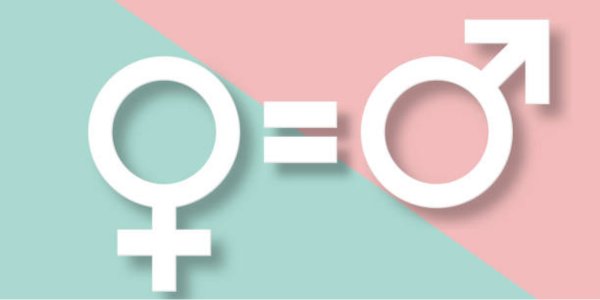Oppositional Sexism
Oppositional Sexism: Understanding Gender Through Binary Thinking
Oppositional sexism refers to the belief that men and women represent two completely opposite and exclusive categories. This mindset enforces the idea that masculinity and femininity are inherently different and cannot coexist within the same person. It also implies that anyone who doesn’t fit into these binary roles—such as nonbinary, transgender, or gender-nonconforming individuals—falls outside what society considers “normal.”
This form of sexism doesn’t just limit gender expression; it also reinforces social hierarchies and gender stereotypes. For instance, it may frame assertiveness as masculine and gentleness as feminine, discouraging people from expressing traits that don’t align with societal expectations for their gender.
How Oppositional Sexism Shapes Modern Gender Perception
Oppositional sexism shapes how society defines “acceptable” behavior for men and women. It discourages emotional expression in men and leadership in women, restricting individuals to rigid gender expectations. These beliefs can also contribute to discrimination against transgender and nonbinary people, whose identities challenge the binary structure itself.
Understanding oppositional sexism helps dismantle these harmful systems. Recognizing that traits like strength, empathy, or independence aren’t gender-exclusive allows for healthier, more inclusive perspectives on identity and equality.
By challenging binary gender thinking, we open the door to a society that values authenticity over conformity—a place where individuals can express who they are without fear of judgment or rejection.
FAQ
What is an example of oppositional sexism?
An example is assuming that women must be gentle and men must be tough. This reinforces the idea that masculinity and femininity are opposing traits that cannot overlap.
What is the difference between oppositional and traditional sexism?
Traditional sexism enforces gender hierarchy—seeing men as superior to women—while oppositional sexism enforces separation, defining genders as opposites rather than unequal.
What are the three types of sexism?
The main types are hostile sexism, benevolent sexism, and oppositional sexism, each reflecting different ways gender bias appears in social behavior and attitudes.
What is oppositional femininity?
Oppositional femininity occurs when women are defined by traits that are considered the opposite of masculinity, such as being passive, emotional, or nurturing, limiting women’s range of expression.
What is oppositional masculinity?
Oppositional masculinity enforces traits like dominance, aggression, and stoicism, discouraging men from showing vulnerability or emotional openness.
What is the female version of a misogynist?
The female counterpart of misogyny is often referred to as misandry, which describes prejudice or hatred toward men or masculine traits.
















